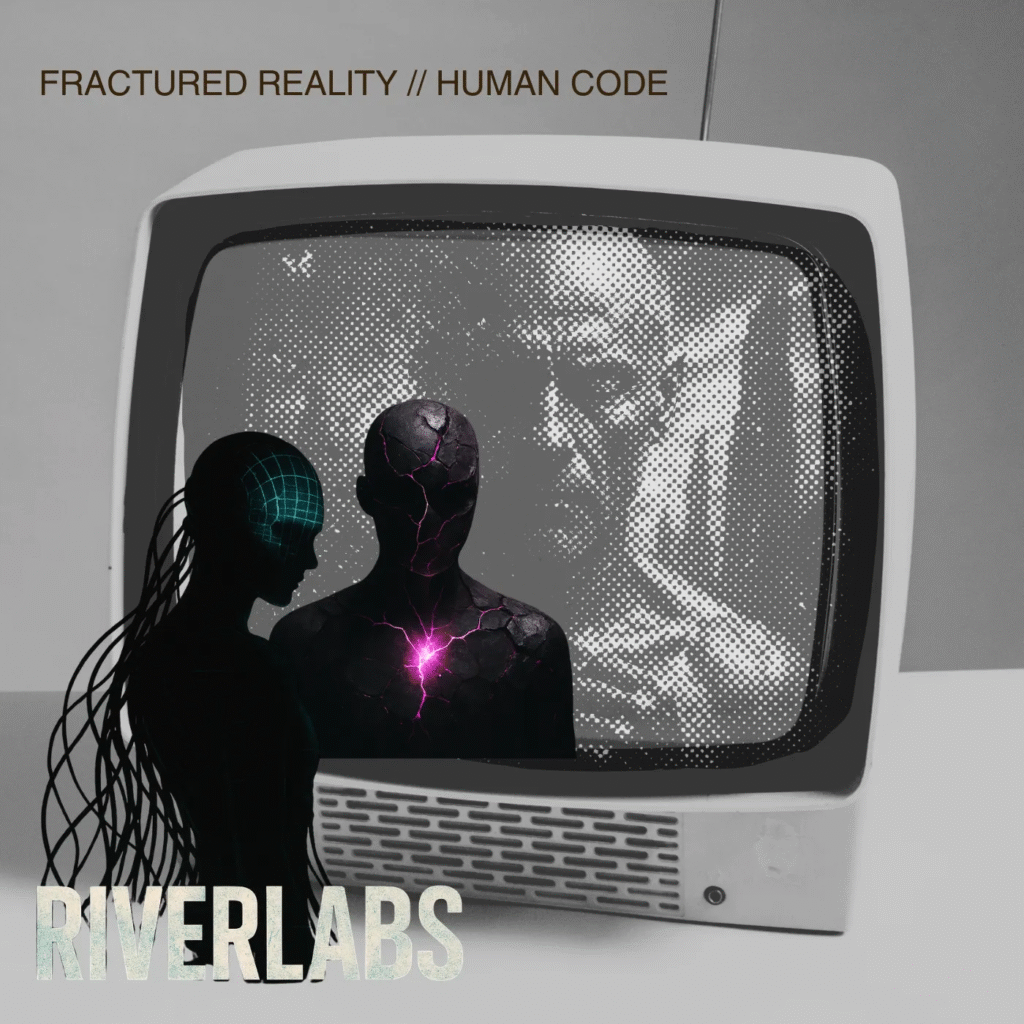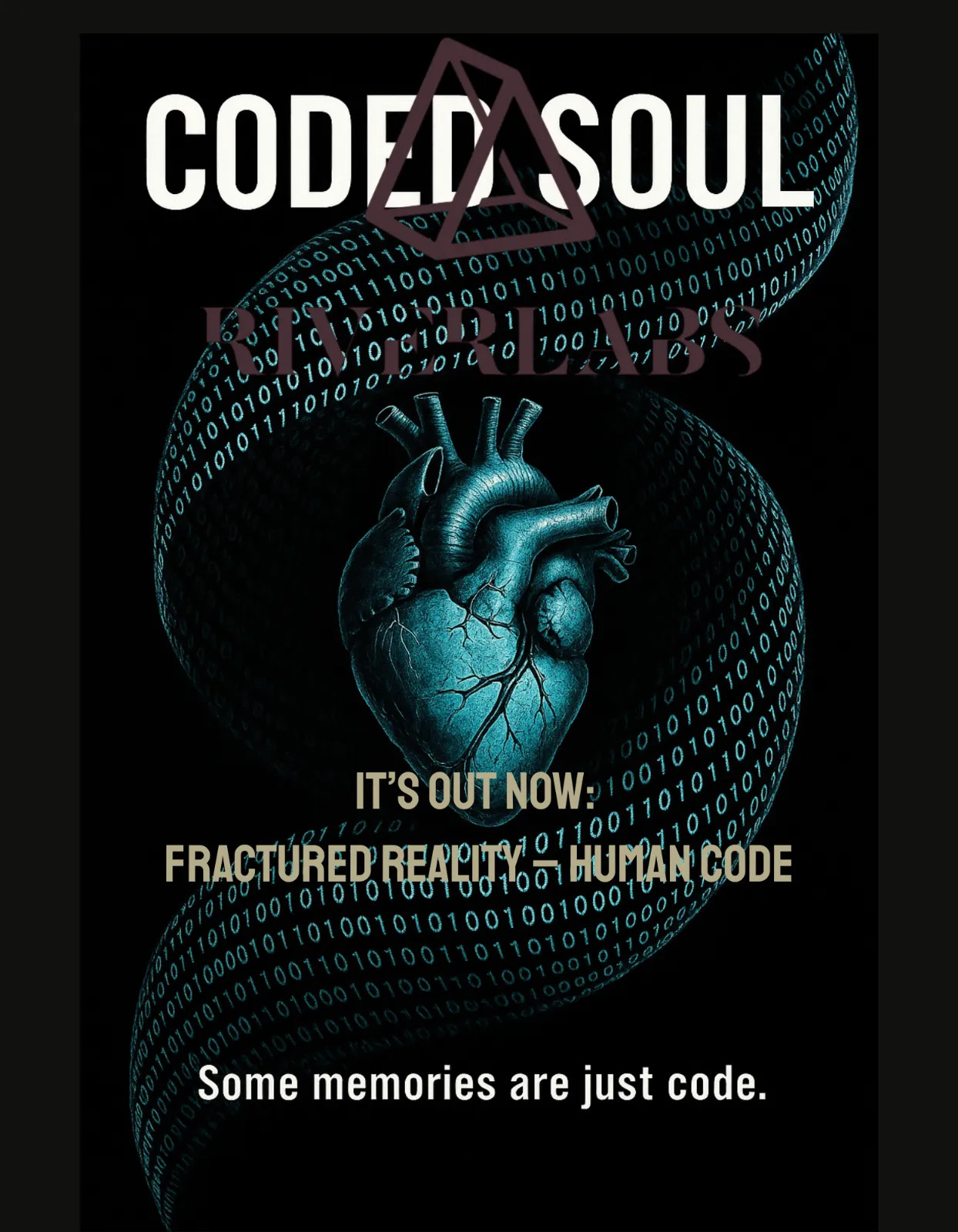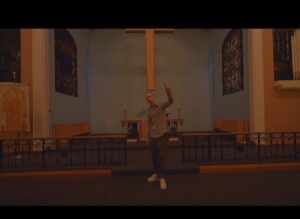Where Circuitry Meets Soul: RIVERLABS’ Fractured Reality – Human Code

Riverlabs is a product of the electronic underbelly of Santiago, Chile—an artist who is also an architect—and RIVERLABS. This name represents survival through the construction of sound from the rubble of silence. The project goes back on its own with Fractured Reality: Human Code, setting back the synthesis. Throughout twelve film scores, RIVERLABS creates a world where a heartbeat is a hum in the machine, where a circuit bleeds, and a human heart flashes within digital rubble. The idea of the album is developed in two movements, The Fracture and The Pulse, which represent the two directions of the artist himself: his arc of erasure and reawakening. Drawing on the heritage of Depeche Mode, Nine Inch Nails, and Moderat, but with a strongly Chilean undertone of isolation and determination, RIVERLABS transforms technological hopelessness into a lovely haunted admonition to existence.
All the tracks are a part of a bigger poem of binary and blood. Fractured Truth starts the story with some metallic echoing of awakening in a broken mirror. The next one is called No Signal, and it beats to the noise of nothingness, no answer in an electronic emptiness. The imaginary scenery of the ghosts of the Silent Cities is floating through vacant high-rises of sound, neon images floating in steel tunes. Next, then, is the false warmth of “Synthetic Hearts” programmed emotion, the artificial dances of love, which never really burns but only flickers. The indifference of the crowd is swelled in Crowded Indifference, a tempest of alienation, in which the bassline is a heartbeat inside a glass. However, there is a glimmer of hope in Echoes of Resilience (Bauhaus/NIN Version), where the fight underpins the silence — low, insurrectionary, electric. On the other side, The Pulse starts gaining momentum: “Strings of the Will” winds the engine of destiny; “Invisible Giants” does battle with unknown creators of destiny. The Edge of Time is holding its breath–sensitive synths clashing with an impression of imminent breakdown. Next comes the inferno of the album: the song Digital Ashes—the destruction is deliverance—and then the album ends with the song Memory of Light, a tender requiem that shines through the smoke. The last composition, “The Last Connection”, does not end in despair but in the chilly grace, an echoing touch, a previous human message across the noise.
 Fractured Reality: Human Code is a moody, meaningful masterpiece — an artistic resurrection that makes pain pulse. The film is both filmic and very physical: all hiss, darkling, and glitches are deliberate, as pieces of feeling turned into code. What starts with the response to loss, as music deleted by the algorithmic misconception, turns out to be a declaration of independence and survival. The album created by RIVERLABS is not just an album; it is an architecture of protection, a city of light, a city composed of fractured signals. There is a lot of humanity in it, something so profound, so human, beneath its darkwave facade: the bravery to build anew, to reunite, and to continue creating once the silence has passed. Fractured Reality: Human Code is a reminder, in a data-driven world, that the soul is still present in the machine. The crack was not the culmination — it was the place where the light started streaming in.
Fractured Reality: Human Code is a moody, meaningful masterpiece — an artistic resurrection that makes pain pulse. The film is both filmic and very physical: all hiss, darkling, and glitches are deliberate, as pieces of feeling turned into code. What starts with the response to loss, as music deleted by the algorithmic misconception, turns out to be a declaration of independence and survival. The album created by RIVERLABS is not just an album; it is an architecture of protection, a city of light, a city composed of fractured signals. There is a lot of humanity in it, something so profound, so human, beneath its darkwave facade: the bravery to build anew, to reunite, and to continue creating once the silence has passed. Fractured Reality: Human Code is a reminder, in a data-driven world, that the soul is still present in the machine. The crack was not the culmination — it was the place where the light started streaming in.
Follow RIVERLABS



